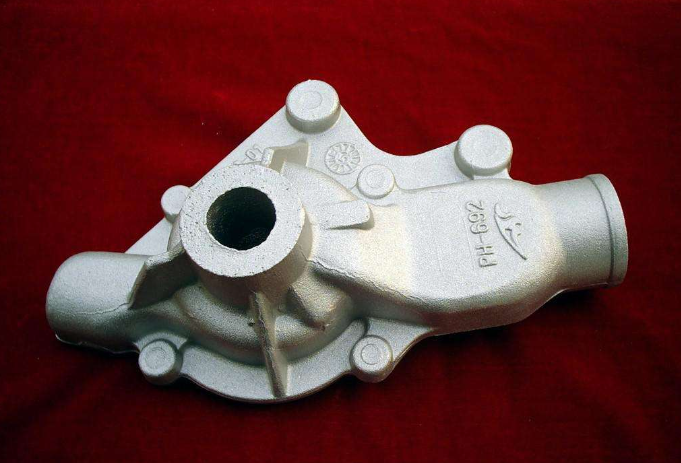It is believed that many manufacturers should find that die-cast aluminum is not suitable for anodizing when conducting surface treatment on various series of aluminum materials. This is determined by the composition of die-cast aluminum and the characteristics of anodizing, so how is die-cast aluminum not suitable for anodizing?

First of all, anodizing requires that the aluminum surface be free of impurities, and the aluminum material is relatively pure, because the anodizing film must be uniform and flat. The presence of excessive impurities and other components will inevitably affect the thickness of the film formed during anodic oxidation, and even directly affect whether the film is formed. The most important thing is that other metal elements may directly change the color of the film when the anodic oxidation film is formed, which will directly sentence the death penalty for the dyeing after anodizing.
Cast aluminum alloys and die castings generally contain high silicon content. Even with the use of ht412 special dust remover for die-casting aluminum, the anodic oxide film may be dark, and it is difficult to obtain a colorless and transparent oxide film. With the increase of silicon content, the color of the anodic oxide film changes from light gray to dark gray to black gray. Therefore, cast aluminum alloy is not suitable for traditional anodic oxidation.
Die cast aluminum is not suitable for anodizing because of the high levels of silicon and copper present in the material. These elements can create dark, uneven areas during the anodizing process and result in an inconsistent surface finish. Additionally, the die casting process can create porosity and other surface imperfections that can be difficult to anodize. For these reasons, die cast aluminum is typically not recommended for anodizing unless specific steps are taken to address these issues.
However, die-casting aluminum also has anodic oxidation solutions. Die castings can complete the structure, angular lines and oxidation quality that are difficult to achieve for forged parts, turning parts/CNC parts. The focus on the quality of die castings is very important. A small change and detailed process control determines the quality of anodes. Manufacturers engaged in oxidation of die castings must scientifically support and control the runner technology, die casting process and post-processing methods of the mold. With this series of strict control processes, the smooth production of oxidation quality can be ensured. This includes: mold runner, gate design, mold temperature control; For the use of raw materials, the special ash remover for ht412 die-casting aluminum can generally be used to remove the black ash on the surface and avoid pollution factors.
CNCJY could provide several suggestions to optimize this issue as below:
1. Mold runner, gate design, mold temperature control.
2. Use of raw materials to avoid pollution.
3. Process control of die casting process to reduce marks and black watermarks.
4. Pre-processing of rough parts.